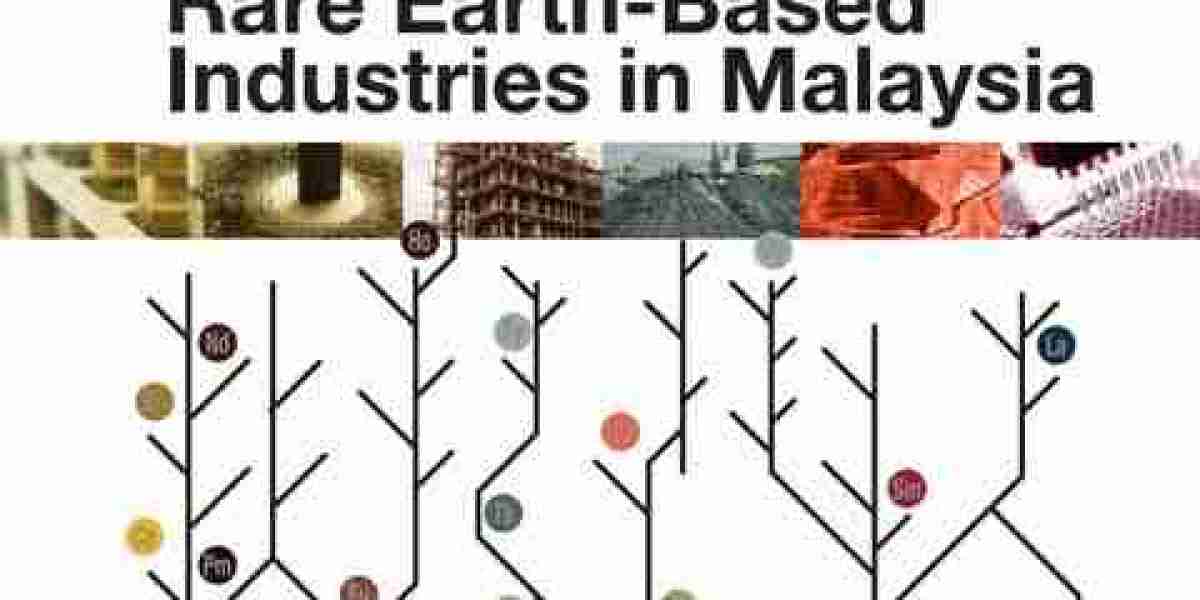.REE stands for Rare Earth Elements. These are a group of 17 chemical elements in the periodic table, specifically the 15 lanthanides plus scandium and yttrium. They are called "rare" because they are not commonly found in high concentrations in the Earth's crust. REEs have unique magnetic, luminescent, and catalytic properties, making them essential in various modern technologies such as electronics, renewable energy systems, and defense applications.
Malaysia is not a leading nation in producing rare earth elements (REE). The leading countries in REE production are China, Australia, the United States, Russia, and Brazil. However, Malaysia does have significant reserves of rare earth minerals and has been involved in the processing and refining of these minerals in the past. In recent years, Malaysia has scaled back its rare earth processing activities due to environmental concerns.
The United States and China are engaged in a fierce battle for market share in the rare earth elements (REE) industry. REEs are a group of 17 minerals that are crucial for the production of various high-tech products, including smartphones, electric vehicles, and renewable energy technologies.
China currently dominates the global REE market, accounting for over 80% of global production. This dominance has raised concerns among other countries, including the United States, as it gives China significant control over the supply chain for these critical minerals.
In recent years, the US has been making efforts to reduce its reliance on Chinese REE exports. The US government has identified the development of a domestic REE supply chain as a strategic priority. This includes efforts to increase domestic production, secure alternative sources of REEs, and develop recycling technologies to reduce dependence on new mining.
To counter China's dominance, the US has also been actively seeking partnerships with other countries to diversify its REE supply chain. For example, the US has signed agreements with Australia and Canada to collaborate on REE production and processing.
China, on the other hand, has been taking steps to maintain its market share and strengthen its control over the global REE industry. The Chinese government has implemented export restrictions and quotas on REEs, which has led to concerns about potential supply disruptions for countries heavily reliant on Chinese imports.
China has also been investing in REE mining projects in other countries, such as Australia and Africa, to secure additional sources of these critical minerals. Additionally, China has been investing in research and development to improve its REE processing capabilities and reduce environmental impacts.
The competition between the US and China for REE market share has geopolitical implications, as these minerals are essential for the development of advanced technologies and have significant economic and national security implications. Both countries are actively working to secure their positions in the global REE industry, and the outcome of this battle will have far-reaching consequences for the global supply chain and the future of high-tech industries.
The industry that requires Rare Earth Elements (REE) is the technology and electronics industry. REEs are essential for the production of various high-tech devices such as smartphones, computers, televisions, electric vehicles, wind turbines, and many other electronic gadgets. They are used in the manufacturing of magnets, batteries, catalysts, and phosphors, which are crucial components in these technologies. Additionally, REEs are also used in the defense and aerospace industries for the production of advanced weaponry, radar systems, and communication devices.







